HP Z27u G3 review: A stylish and versatile office display
The HP Z27u G3 has loads of features and great looks alongside solid mainstream image quality
-
+
Loads of connectivity
-
+
Great adjustment options
-
+
Good-looking design
-
+
Decent everyday image quality
-
-
Mediocre quality in tougher situations
-
-
More expensive than rivals
-
-
Awkward OSD navigation


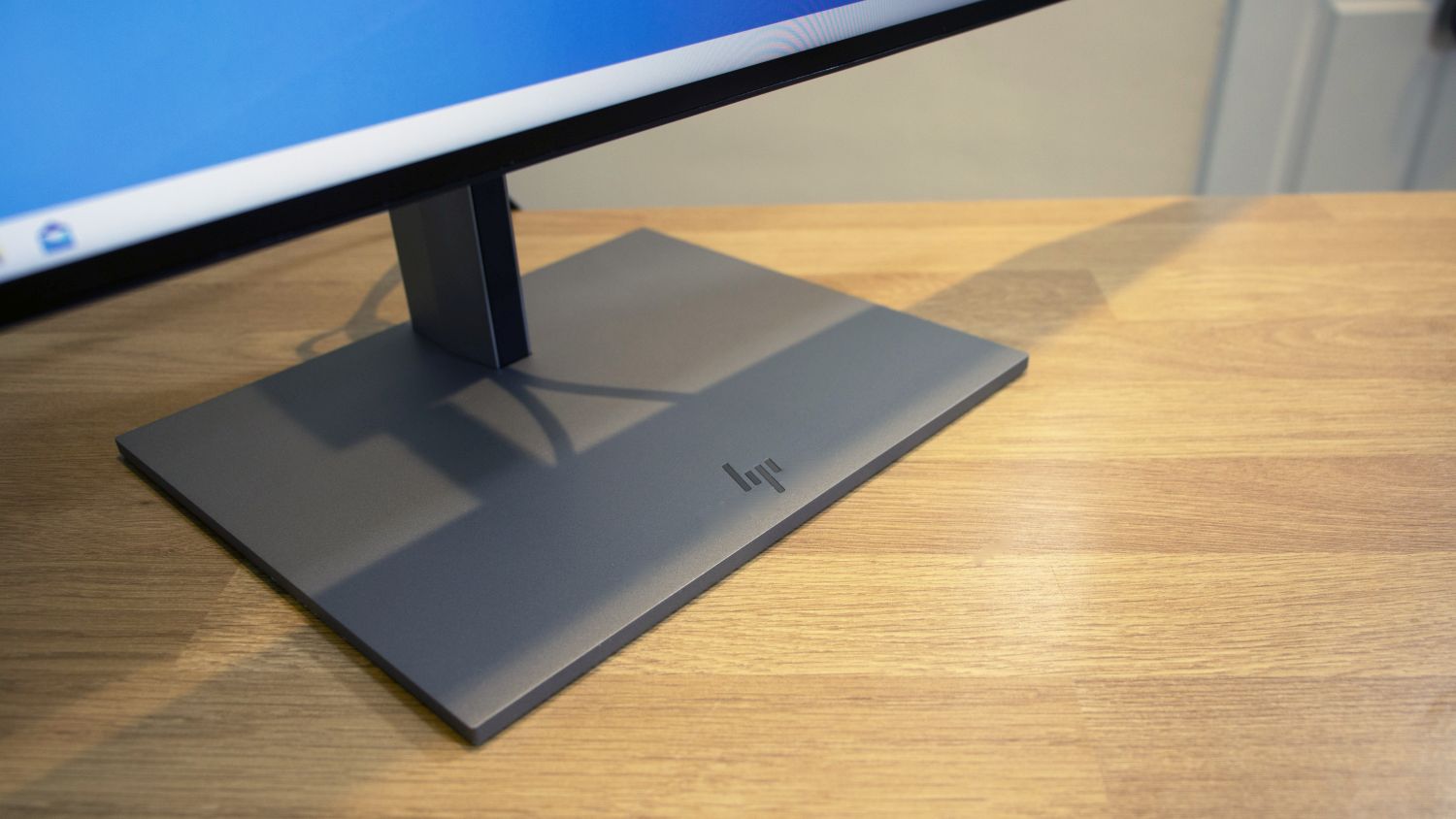
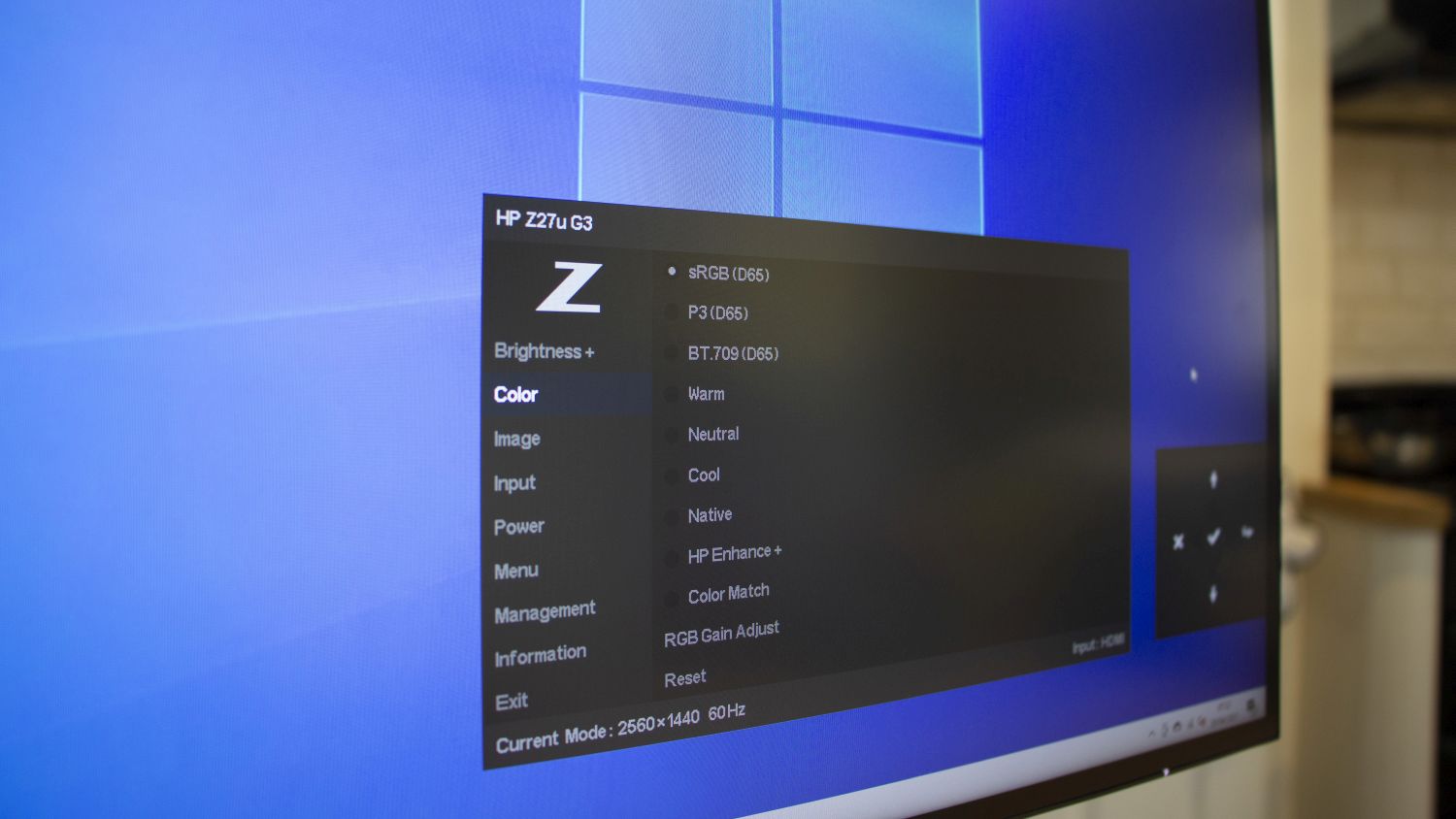
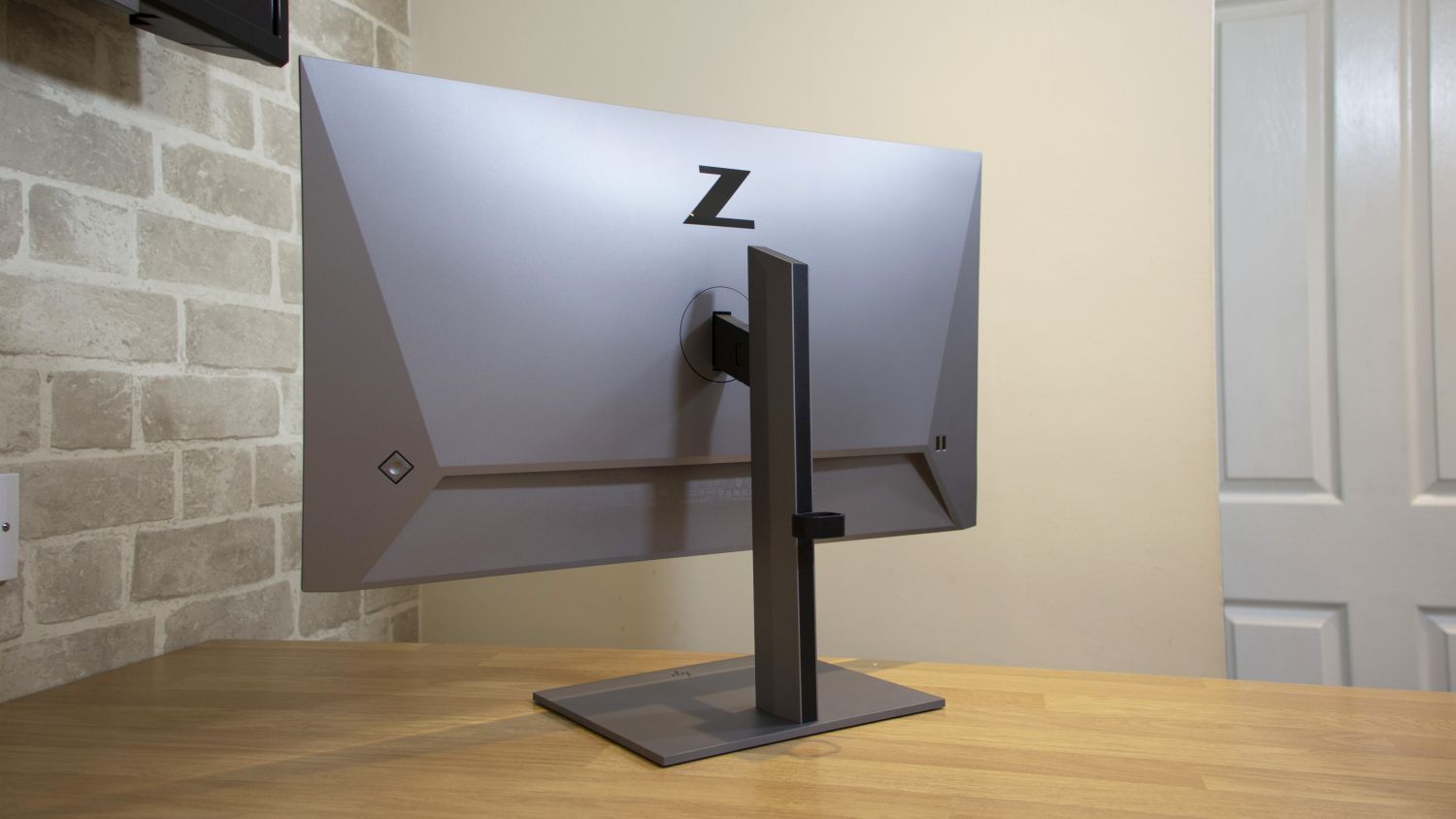
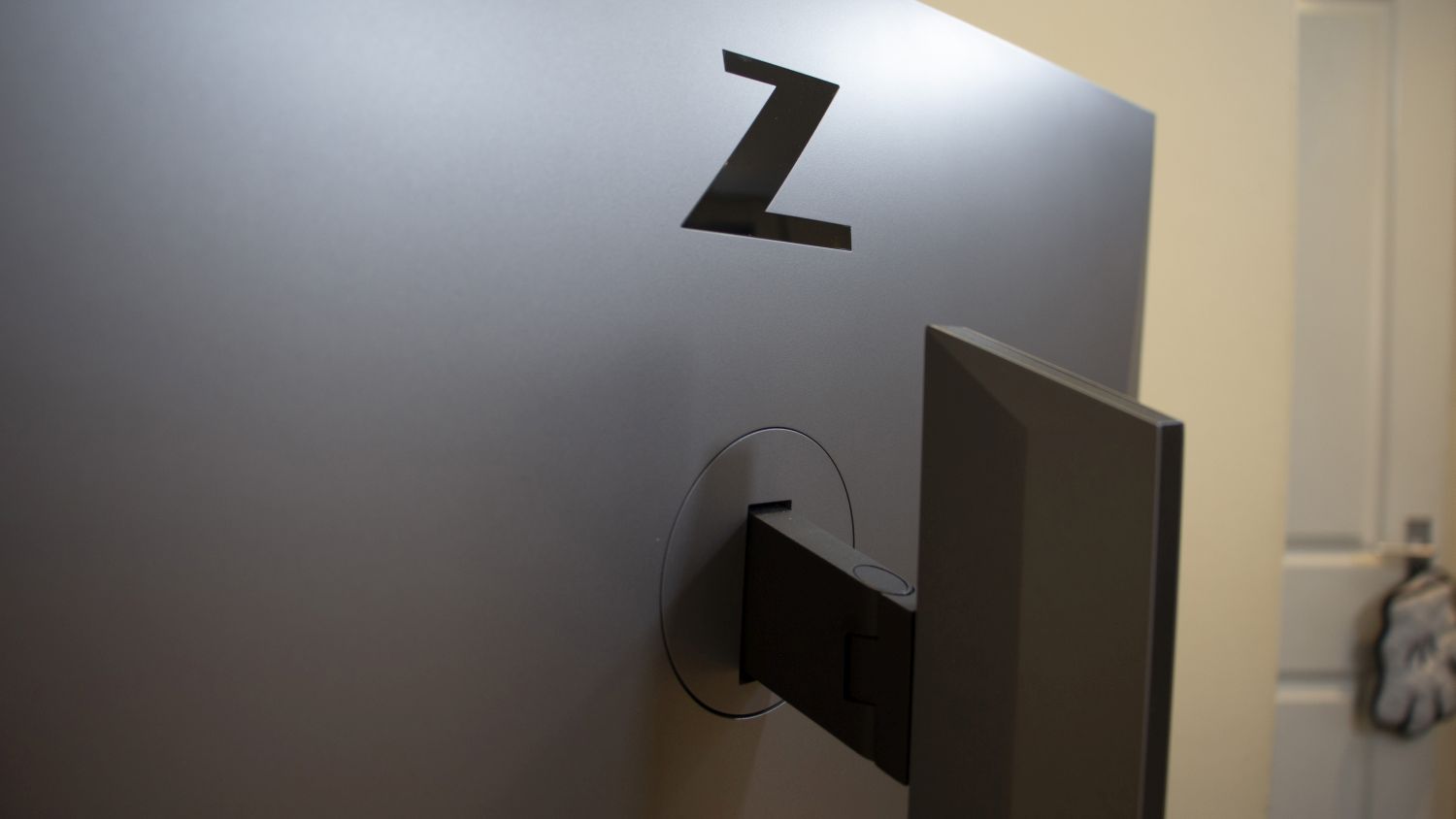

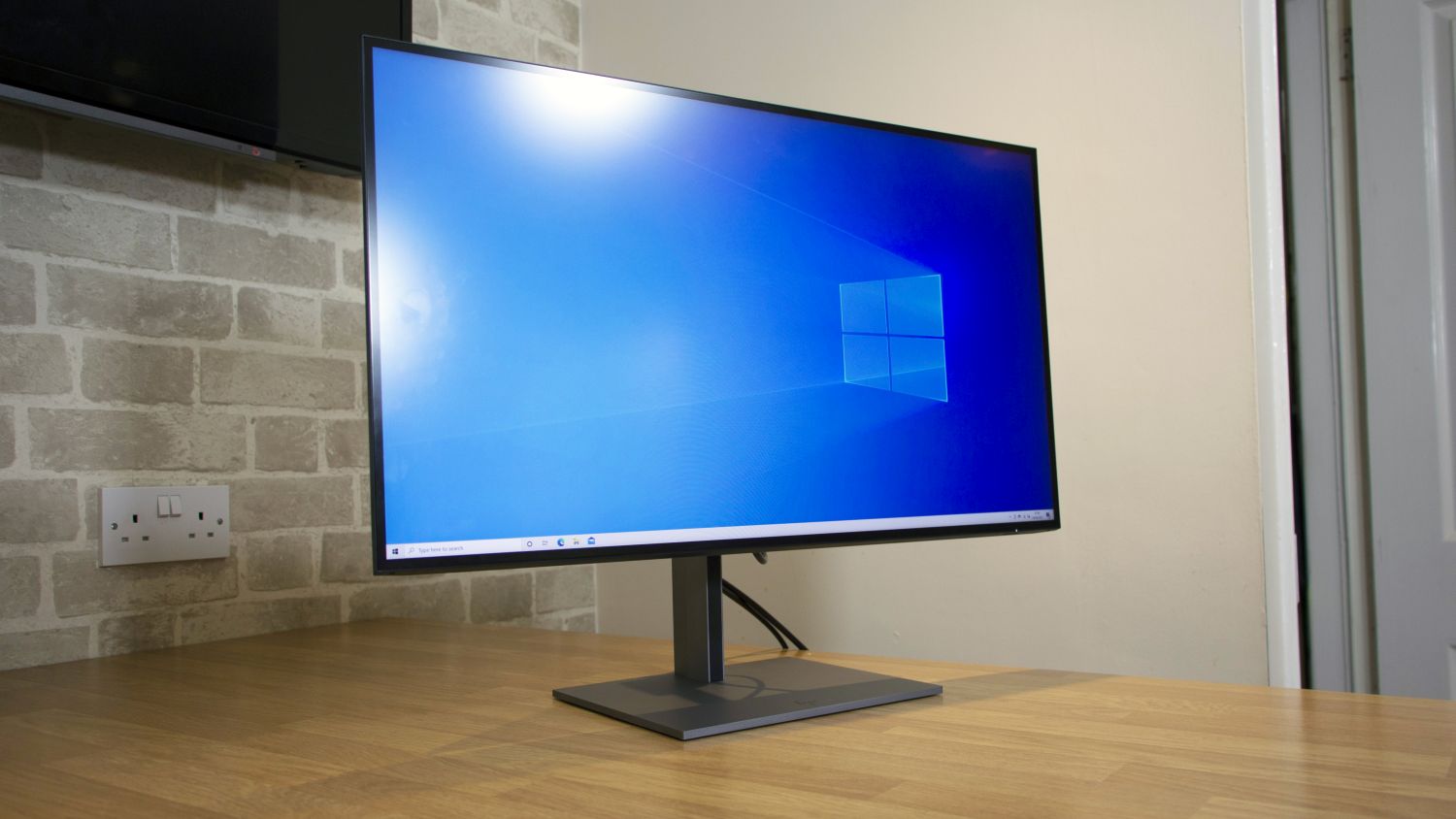
The HP Z27u G3 tries to balance a broad range of features with a great design, but plenty of screens that try to tick those boxes fall behind when it comes to image quality.
The G3 arrives with a relatively high £387 price, though, so this display might have the budget to buck that trend.
HP Z27u G3 review: Design
HP’s display looks more stylish than most office panels, with tiny bezels, a slim stand, and a sleek, minimal base. It doesn’t just impress aesthetically, either: build quality is solid, and this panel is surprisingly svelte. The screen is only 38mm thick, and the entire unit is just 230mm from front to back. Combine those dimensions with the slim bezels, and you’ve got a good-looking display for relatively small spaces.
The slim stand doesn’t have a cable-tidying cavity, but HP does include a neat cable-tidying loop. This unit is easy to build, too: the base attaches with one screw, and the stand connects to the display with a tool-free mechanism.
The HP also offers tremendous adjustment. The 150mm of height movement is more than most 27in displays, and you’ve got portrait mode pivoting, tilt, and swivel alongside 100mm VESA support.

It’s a great start, but the HP isn’t the only office panel with impressive adjustment. Take the £333 exc VAT LG Ergo 27QN880-B, which uses a flexible arm to offer more movement than the HP, albeit in a duller chassis. There’s also the £290 exc VAT BenQ PD2705Q, which is plainer than the HP but still includes solid adjustment options.
HP Z27u G3 review: Image quality
The versatile, attractive design pairs with a solid internal specification. The HP’s panel is a 27in IPS screen with a resolution of 2,560 x 1,440, and that makes sense for everyday workloads: it serves up more space than the average 1080p monitor, and the 109ppi density level means the screen is crisp.
Sign up today and you will receive a free copy of our Future Focus 2025 report - the leading guidance on AI, cybersecurity and other IT challenges as per 700+ senior executives
The absence of 4K is a double-edged sword. Positively, it lowers the price and means you don’t have to fiddle with Windows’ scaling settings, but it does also mean that you won’t have the sharpness and on-screen space that you’d get from the higher resolution.
The rest of the specification is solid, if conventional. The peak refresh rate of 60Hz is acceptable for day-to-day use, but it’s not quick enough for gaming or particularly smooth animation. The panel has a welcome anti-glare coating, though.
Out of the box, the HP delivers solid mainstream quality. The Delta E of 1.12 and colour temperature of 6,405K are great, and those results mean colours display accurately. The factory brightness level of 244cd/m2 is decent, the black point of 0.23cd/m2 is fine, and the contrast ratio of 1,060:1 delivers solid vibrancy and nuance without creating any oversaturation.

The maximum brightness level of 361cd/m2 is high enough to handle any indoor environment. Dialing the display back to a more conventional 150cd/m2 saw those results maintained, too.
Go beyond these mainstream measurements, however, and the HP becomes underwhelming. The panel rendered 91.3% of the sRGB colour gamut, which is reasonable for everyday workloads, but it still means the HP won’t render every shade in that space.
Flipping the display into its dedicated DCI-P3 mode saw the HP return coverage levels of 70.7% and 77.3% in the broader and tougher Adobe RGB and DCI-P3 colour gamuts. Despite that special mode, those figures aren’t good enough to enable working in either colour space. They’re disappointing results.
The HP has mediocre uniformity levels, too. Its backlight lost 16% of its strength in the top-left corner and 18% along the top edge, and Delta E levels hit a disappointing average of 4 in the corners. Those levels don’t impact everyday work, but they preclude the HP from performing well in color-sensitive environments.
On the other hand, it’s broadly on par with its main competitors in this regard. The cheaper BenQ has better sRGB and Delta E performance, but still can’t handle wider gamuts. The ergonomic LG has similar colour ability and weaker contrast. If you want a 27in, 1440p display to go beyond sRGB, you’ll have to spend more for a display like the ViewSonic VP2785-2K. That screen costs £449 exc VAT and can handle the Adobe RGB and DCI-P3 spaces, but it has plain styling and fewer features than the HP.

There’s one final issue: the HP has an image-sharpening mode that is impossible to deactivate. At its default level, it’s barely noticeable and won’t impact everyday use. At its sharpest it makes text too crisp with a little discoloration, and at the softer levels the screen is barely usable.
HP Z27u G3 review: Ports and features
The HP offers solid mainstream image quality that falters in more challenging scenarios – but, happily, its feature set is better. Cleverly, the HP has DisplayPort 1.4 input and output connectors, so you can daisy-chain secondary screens from the Z27u. It also has an impressive four USB 3.2 Gen 1 ports, with two positioned for easier access, and its USB-C socket supports DisplayPort and a whopping 100W of power delivery. The port selection completes with Gigabit Ethernet.
It’s superb connectivity, and it de-clutters your desk and make the HP easier to integrate into your working life. It’s entirely possible to run your entire setup from this one panel. Streamlining things even further, this monitor doesn’t use a separate power brick, despite its slim design.
Understandably, this display does have some missing features. There are no speakers and no headphone jack, and no KVM switch or webcam. There’s also no USB Type-B, so you’ll have to connect your PC or laptop with a USB-C cable if you want to get maximum use from this display.
HP’s on-screen display has loads of colour-tweak settings and input adjustments, and the menu can be moved and rotated. If you want to save electricity you can disable the USB ports and USB power delivery, and key display information is readily available. A D-pad controls the menu, but it sits flush with the rear casing and the buttons depress too far, so it’s awkward to use.

Nevertheless, it’s a great range of features, with few rivals able to compete with the number of USB ports or the amount of USB power delivery on offer here.
HP Z27u G3 review: Verdict
Most displays concentrate on some areas and compromise in others, and that’s certainly true of the HP Z27u G3: this panel looks fantastic and has superb connectivity, but image quality takes a back seat.
HP’s panel will draw the eye in the most stylish offices, and its USB options, input and output ability, and adjustment make it versatile – it’s great if you want to run your laptop and peripherals through the display and cut back on cables. It doesn’t have the image quality to handle tasks beyond the sRGB gamut, although that’s a minor concern unless you’re tackling professional workloads. It’s also more expensive than rivals.
If you want a screen with great style, connectivity, and adjustment, then that premium will be worth paying. But if you don’t need those features and want better image quality that goes beyond sRGB, look elsewhere.
HP Z27u G3 specifications
| Screen size | 27in |
| Screen resolution | 2,560 x 1,440 |
| Screen technology | LED IPS |
| Screen refresh rate | 60Hz |
| Video inputs | DisplayPort 1.4 input/output, 1 x HDMI 2.0 |
| Ports | 4 x USB 3.2 Gen 1, 1 x USB 3.2 Type-C, Gigabit Ethernet |
| Adjustability | Tilt -5° to 20°, 150mm height adjustment, 90° swivel, 100mm VESA mount |
| Dimensions | 612 x 230 x 532mm (WxDxH) |
| Weight | 6.2kg |
| Warranty | 3yr RTB |
Mike Jennings has worked as a technology journalist for more than a decade and has been fascinated by computers since childhood, when he spent far too long building terrible websites. He loves desktop PCs, components, laptops and anything to do with the latest hardware.
Mike worked as a staff writer at PC Pro magazine in London for seven years, and during that time wrote for a variety of other tech titles, including Custom PC, Micro Mart and Computer Shopper. Since 2013, he’s been a freelance tech writer, and writes regularly for titles like Wired, TechRadar, Stuff, TechSpot, IT Pro, TrustedReviews and TechAdvisor. He still loves tech and covers everything from the latest business hardware and software to high-end gaming gear, and you’ll find him on plenty of sites writing reviews, features and guides on a vast range of topics.
You can email Mike at mike@mike-jennings.net, or find him on Twitter at @mikejjennings
-
 ‘1 engineer, 1 month, 1 million lines of code’: Microsoft wants to replace C and C++ code with Rust by 2030 – but a senior engineer insists the company has no plans on using AI to rewrite Windows source code
‘1 engineer, 1 month, 1 million lines of code’: Microsoft wants to replace C and C++ code with Rust by 2030 – but a senior engineer insists the company has no plans on using AI to rewrite Windows source codeNews Windows won’t be rewritten in Rust using AI, according to a senior Microsoft engineer, but the company still has bold plans for embracing the popular programming language
By Ross Kelly Published
-
 Google drops $4.75bn on data center and energy firm Intersect
Google drops $4.75bn on data center and energy firm IntersectNews The investment marks the latest move from Google to boost its infrastructure sustainability credentials
By Nicole Kobie Published
-
 OpenAI says prompt injection attacks are a serious threat for AI browsers – and it’s a problem that’s ‘unlikely to ever be fully solved'
OpenAI says prompt injection attacks are a serious threat for AI browsers – and it’s a problem that’s ‘unlikely to ever be fully solved'News OpenAI details efforts to protect ChatGPT Atlas against prompt injection attacks
By Nicole Kobie Published
